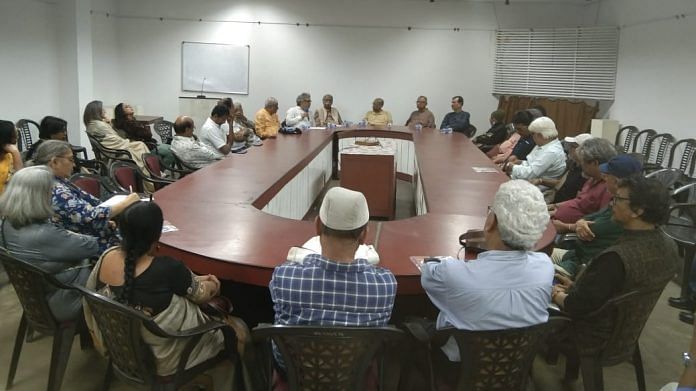On Valentine’s Day, Kolkata got the perfect gift: An art exhibition by an artist who is easily the city’s first love, Jamini Roy. Born in 1887, Roy gave India its own grammar of modern art — his bold strokes, rich colours, and elongated eyes — free of any colonial influence. In the 20th century, he was a household name in India; a calendar or a framed print of his work sat in nearly every Bengali home.
But in two short weeks, the V-Day gift has soured.
The 45 paintings exhibited at the newly opened Middleton Art Gallery, just off posh Park Street, had never been seen before, according to Kamal Parekh, the owner of the gallery and the paintings and a private collector hitherto unknown. But two days before the exhibition closed on 28 February, some of Bengal’s top artists and art scholars met, talked and finally said they feared the paintings may not be originals and shot off a letter to the Ministry of Culture, asking it to get the artwork authenticated by the Archaeological Survey of India (ASI).
When Roy died in 1972, India declared his works as ‘national treasures’. These treasures don’t just need to be preserved, they also need to be protected against fraud, a section of Kolkata’s art fraternity said on Tuesday. The next day, a group of those artists filed a general diary or police complaint at the Shakespeare Sarani Police Station to draw the attention of the local authorities to a potential fraud.
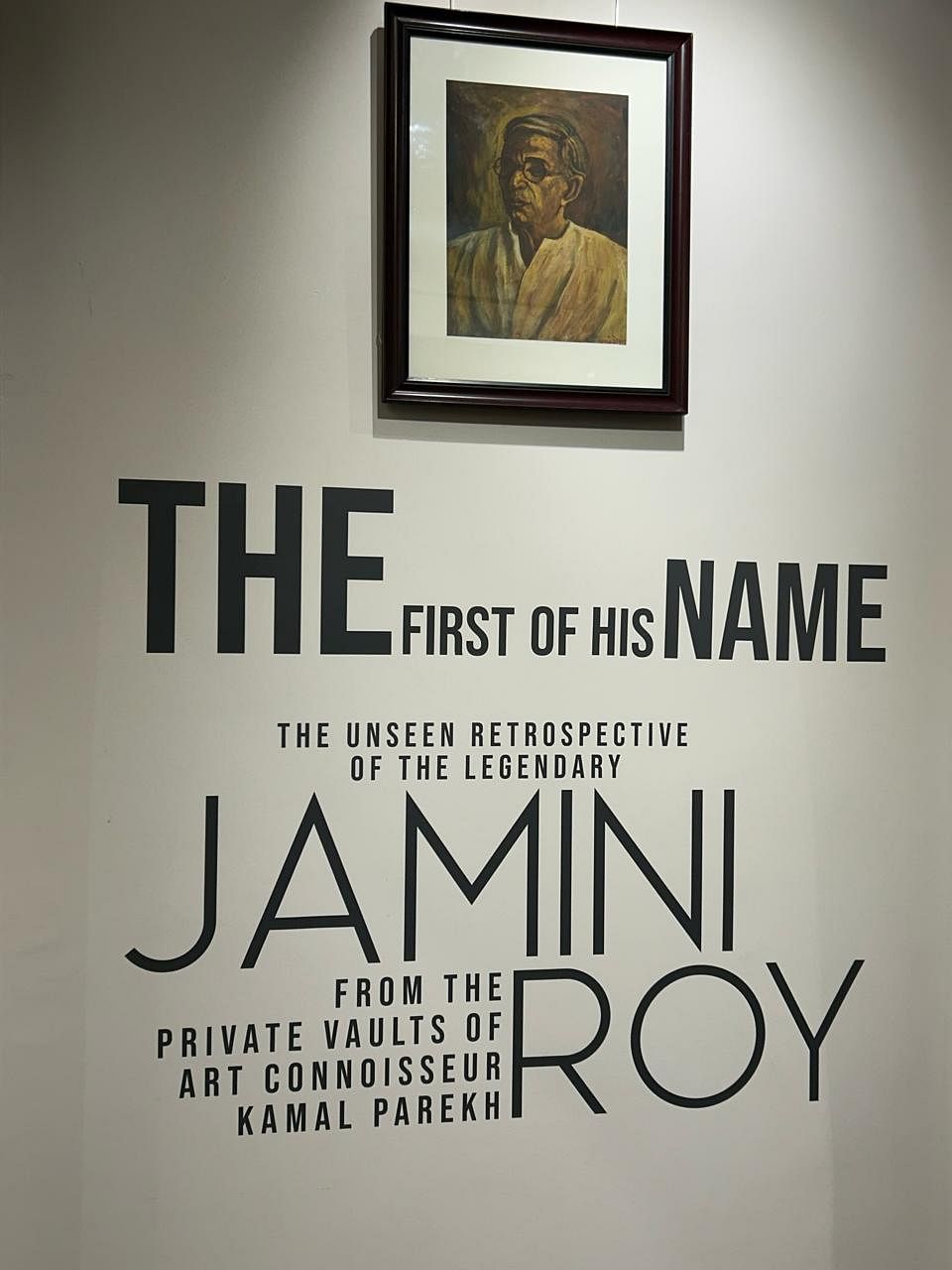
“Shocked,” said Chhatrapati Dutta, artist and principal of Kolkata’s renowned Government College of Art & Craft.
“Shocked that we didn’t know about this collection. It should have been a happy shock, but we can’t be happy till they are authenticated.”
Art scholar Pranab Ranjan Ray said the exhibition “has thrown us into a turmoil; the paintings are like Jamini Roys, but they are not Jamini Roys, the dynamism of his lines are missing.” Authors Prasant Daw and Mrinal Ghosh found the ‘shade lines’ and signatures shady. Artist Tapas Sarkar said they were too “fresh”, and Hiran Mitra said “synthetic”.
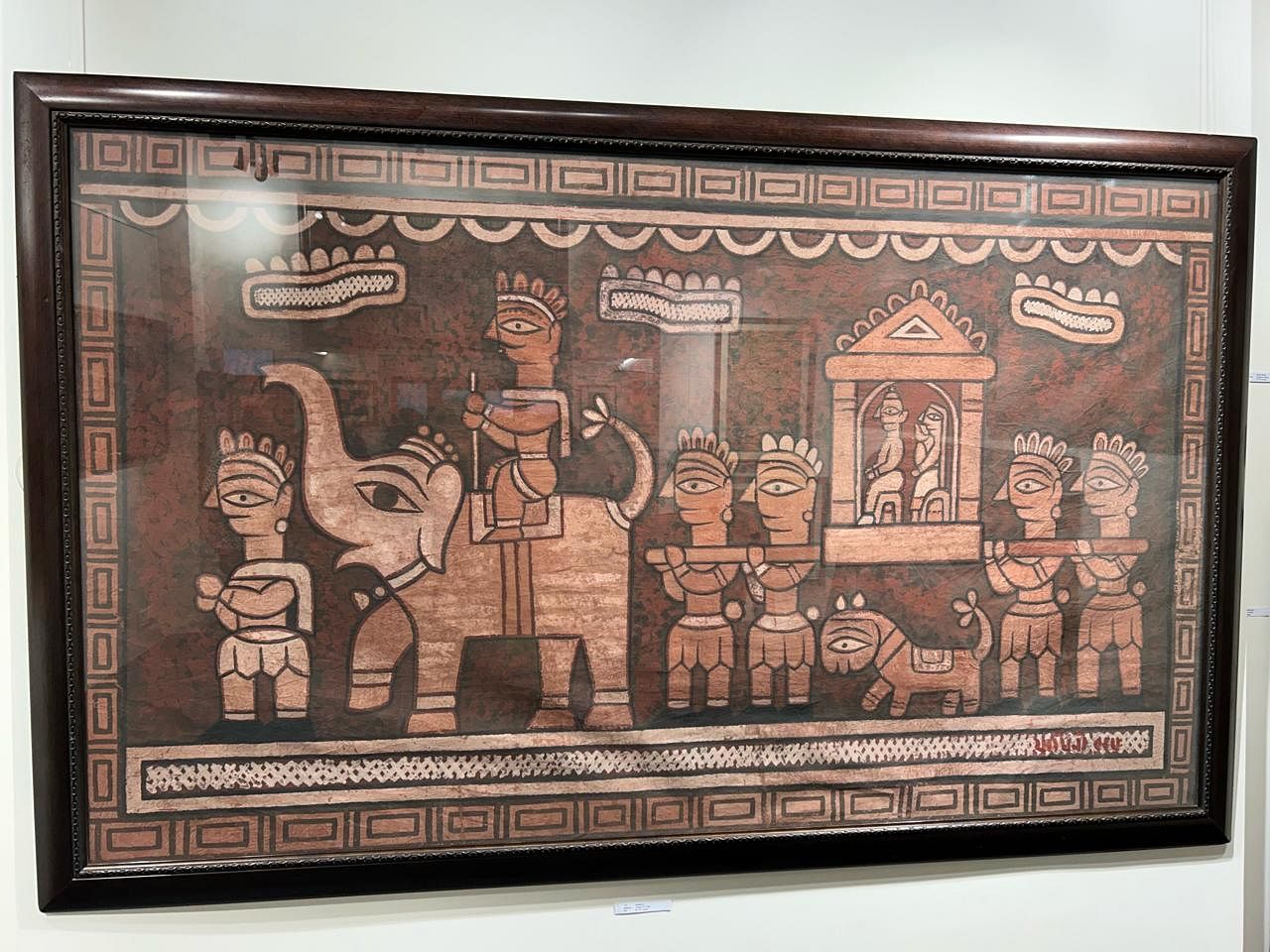
The slur has incensed Kamal Parekh and members of Jamini Roy’s family who have sold several pieces of the master’s works to the collector over the years.
“I don’t care what these artists and critics have to say. Their egos are hurt because they weren’t invited to the opening. This kind of jealousy is killing Bengal art. I wanted the people of Bengal and India to see the rare Jamini Roy works,” Parekh told ThePrint.
Arkamitra Roy, Jamini Roy’s great-granddaughter and an art dealer herself, is calling it a motivated smear campaign. “Jamini Roy left each of his five children 250 to 300 works of art (a sixth child died as a young adult), which their descendants inherited. Mr Parekh has been buying paintings from my mother Sanghamitra, who is Jamini Roy’s granddaughter, and from my aunts and relatives since 1993. They are authentic pieces, our inheritance, which we have every right to sell,” she said.
“They are out to create trouble for Mr Parekh because he is an outsider, an upstart who has suddenly burst into the art scene. Their egos are hurt that he gave them no time. If they were really concerned about fakes, they should have been raising their voices about all the fakes that are getting sold every day. But I have never heard a peep,” she says. “Who are these people maligning Mr Parekh and us?”
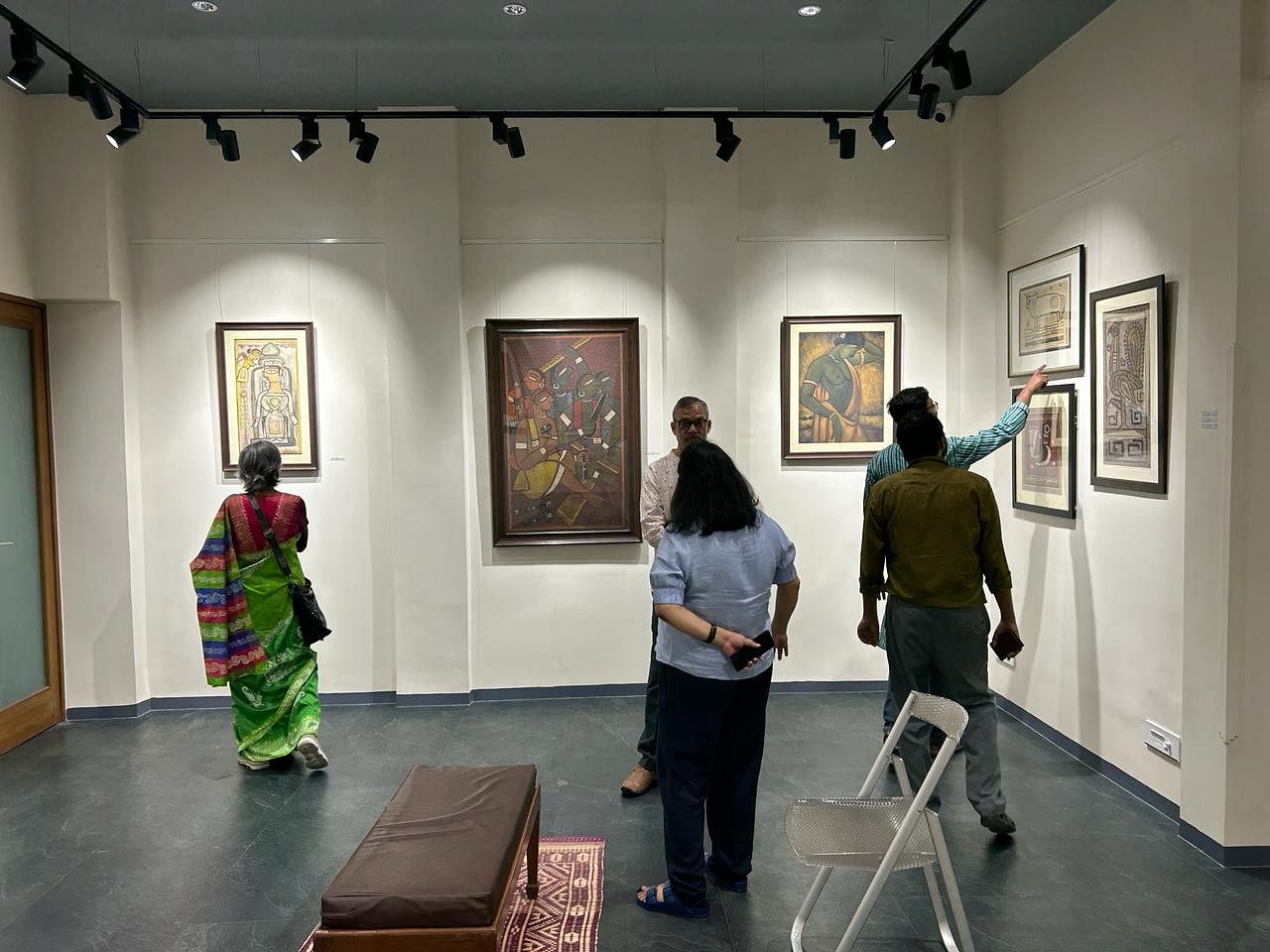
Also read: Jamini Roy family says ‘prayers answered’. His house-museum a window to modern Bengali art
Information gaps & controversies
Most of those who have voiced their “shongshoy” or apprehension that the Kamal Parekh collection may be of dubious provenance are big names in the art world and respected worldwide. They felt the 14 February show got off to a “strange” start: None of the big names in Kolkata art circles — and there are many — were invited. “It’s a new gallery, there was no invitation or catalogue either of all the works exhibited,” said veteran art scholar Pranab Ranjan Ray.
The only “expert” present is better known as an art collector — Singapore-based Nirmalya Kumar, a former Tata Sons executive, who has claimed in an interview that he has big collections of Tagore in his Kolkata flat, Hemen Majumdars in Singapore, and Jamini Roys in London. About the art on display at Middleton Art Gallery, he said, “I wouldn’t have been here for more than two minutes if there was a single fake.”
Kolkata’s art critics and artists have also questioned the credibility of two persons named as “curators” of the show: Oiendrila Ray Kapur and Kounteya Sinha. The two have no idea who they are, what their credibility is, what papers they may have written on art or artists. They say no one has heard of them and yet they have curated the works of India’s finest artist.
Parekh confirmed that Nirmalya Kumar came to the exhibition at the invitation of Sinha who, in turn, had been recommended to him by a journalist friend. Sinha and the friend had been colleagues in a Kolkata newspaper in the past. Artist and art professor at Rabindra Bharati University, Paula Sengupta, said the “exhibition had questionable qualities” and called for an art audit.
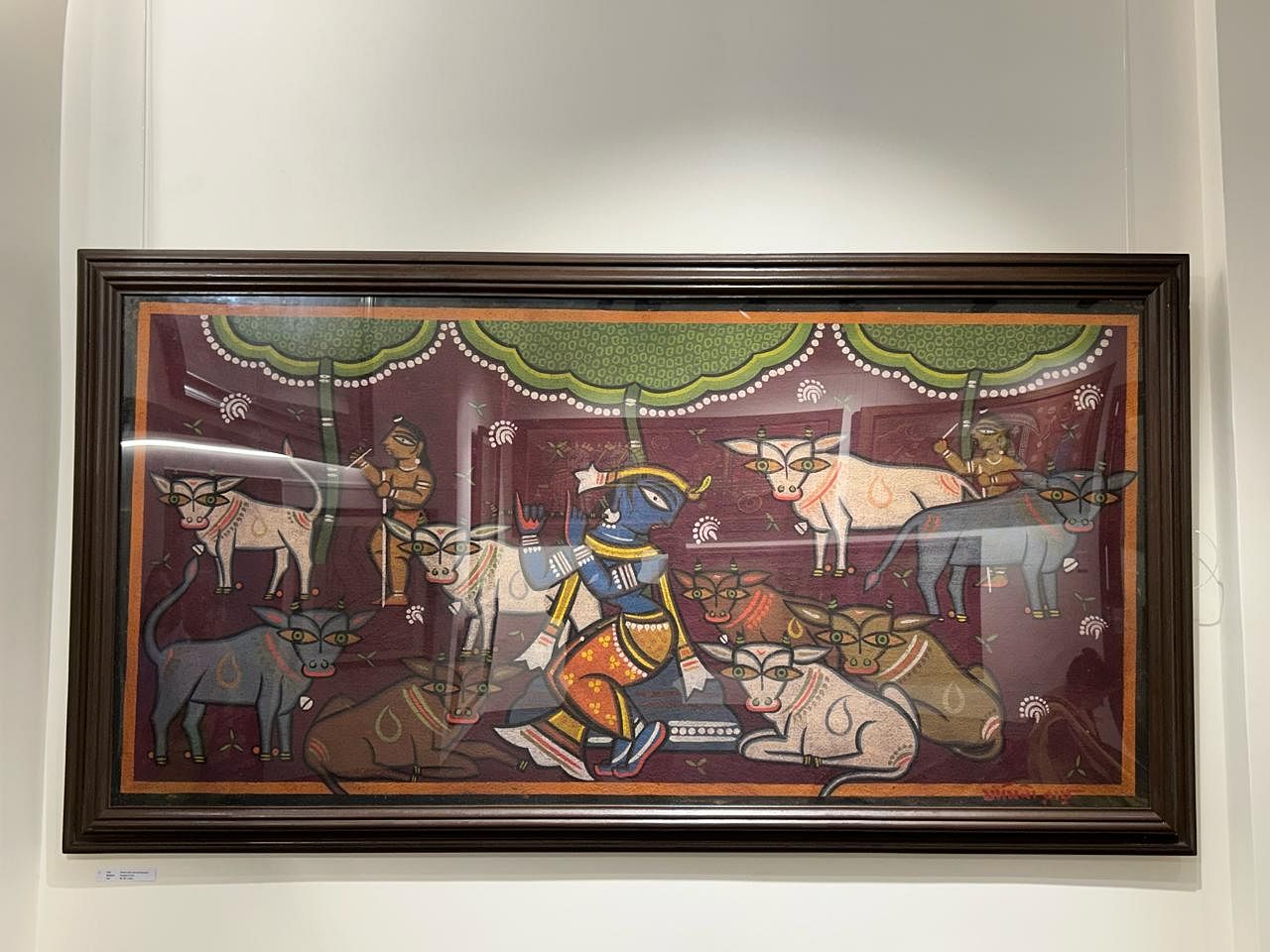
There are information gaps. Sengupta questioned where Parekh had got the paintings from. In an interview, he had mentioned that he bought them from an art exhibition at Kolkata’s Oberoi Grand Hotel in 1993, she said. But when she tried to track down newspaper reviews of the show and hotel records, Sengupta said she drew a blank.
Arkamitra Roy filled in the gap and shared photos of catalogues of two exhibitions with ThePrint (authenticity not independently verified) featuring some Jamini Roy paintings. Parekh, she said, had bought a total of seven works from these shows — one held on 9 and 10 January 1993, the other from 13 to 16 April 1995. Polymath Asok Mitra had written the preface for the catalogue of the 1993 exhibition, she said.
Also read: ‘Abandon Santiniketan, stop being Gurudeva, devote yourself to painting’—Jamini Roy to Tagore
No system to authenticate
At the root of the scare are periodic reports of large numbers of fake Jamini Roys in the art market of uncertain provenance. Some of the uncertainty may be resulting from Jamini Roy’s well-known practice of drawing his signature sweeping lines and asking his son Amiya, aka Potol, to fill in the colour. After Roy’s death, it was rumoured that Amiya continued to paint in the style of his father. But some experts deny that, saying that Amiya was struck by Parkinson’s disease and stopped painting well before his death.
And then there is the myth that Jamini Roy is easy to copy. Art scholar Pranab Ranjan Roy shared a story at Tuesday’s meeting of artists and experts that illustrates it is not easy to copy a Jamini Roy, after all.
Roy said Jamini Roy once was putting final touches to an exhibition of his works when a visitor sauntered in, took a look at a deer Roy had painted, and said, “Oh the lines are so shohoj (easy).” Jamini Roy was miffed and said it was not shohoj. “Why don’t you draw one?” he said to the visitor and gave him paper and paint. The visitor drew a respectable deer. Jamini Roy took a look at it and said, “Ok. That is a deer, alright. But your deer is not running. Mine is.”
Of course, the difference between a static and a running deer is something perhaps only an expert can spot, not a novice. If Jamini Roy is difficult to fake, it is also difficult to spot a fraud, experts say.
While Parekh andJamini Roy’s inheritors have locked horns with a section of Kolkata’s well-respected art fraternity, they appear to agree on one thing: Despite a growing art market in the country, India has not set up systems to authenticate and certify the real thing. No wonder fakes flourish, and as a result, everyone is suffering.
Could this controversy over India’s most eminent artist kickstart some serious introspection and necessary action?
(Edited by Humra Laeeq)


